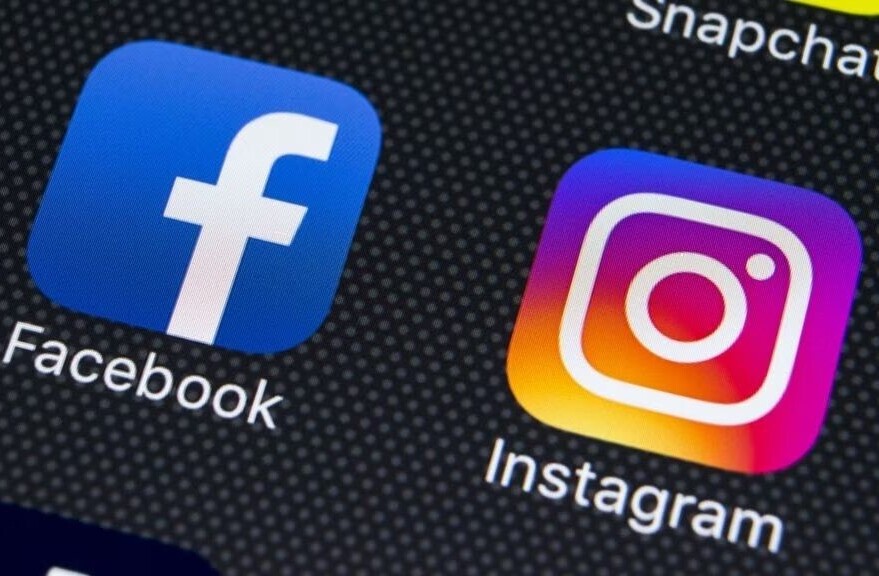
I’m sure you know the feeling: that familiar tug, that tells you to pull out your phone, open that app, check your email or Twitter or Facebook or Instagram, or see what’s new on Tumblr or Reddit. The muscle memory of opening your browser and typing in that address. Even with friends, or when you’re supposed to be working, or maybe every time you’re a little bored.
That feeling that something didn’t happen if you didn’t take a picture or tweet it, save it and share it in some way.
You probably wouldn’t mind a bit more control over such distracting impulses, over technology and the Internet’s incessant pull.
With time, distractions become habit, and pulling out our phones, checking Facebook or Twitter, is simply the default response when we’re bored or lonely or we just want to escape.
Ultimately, overcoming the pull of distractions is a matter of discipline — but there are some techniques to shift your focus and change your habits, and ultimately, to change your relationship to distractions.
Remember what it is you really want in that moment
Do you really want to see what your friends are up to on Facebook (all the time!), or is it just a conditioned response? Think about it, right now, right in the moment when you feel that pull, what is it you really want? It’s not Facebook or Twitter or Instagram, is it? Remember to consider the potential of each moment, and what you actually want from it before you yield to old habits.
Focus on intention
Leo Babauta writes about living an intentional life. “Many of us go through our days awake, but following patterns we’ve developed over the years,” he says, “Contrast this with the idea of an Intentional Life: everything you do is done with consciousness, fulfilling one of your core values (compassion, for example). Everything is done with a conscious intent.”
What’s your intention when you scroll through Twitter or Facebook or Instagram, and when you post a photo or status update? Is it more than following a pattern? More than boredom or faux-connection? I realized one day that the majority of the times I was reaching for my iPhone, it was nothing more than an escape from the moment.
Next time you open up these apps, or click over in your browser, first stop and consider your intention with this action — if there is any. Babauta recommends closing your eyes and mentally saying it, and remaining mindful as you act.
Take a step back, breathe
Notice when you feel drawn toward distraction, and instead of indulging the impulse, simply observe. Don’t judge it, but be aware of it.
Simply stopping like that can be enough to make you reconsider. Wait — is this what you want? Why? Take a step back from it, and take a deep breath. That’s the first step to changing the habit — and shifting from rote repetition to intention.
Recognize that it takes time to change the habit or routine
Our interaction with technology and the Internet is habitual. Turning to them is the default response to many situations. And changing that takes time and effort. You start small — by changing one thing, by following some of the tips presented here. And over time, the habit changes. And your “default” becomes something else, something more fulfilling, something intentional.
My dad once said that a habit takes at least two weeks to kick. In terms of Twitter and Facebook and the rest of the Internet, two weeks can seem like two months. And each individual is different; it often takes a month, or more. But the point is, it takes time: to change a habit, you need to stick with it. But new habits last too, and if it’s important to you, it’s worth the effort.
Set limits
It’s always preferable to change your underlying relationship to actions, but setting limits for yourself is a good stopgap that can lead to a shift in perspective. Decide how many minutes or hours of social network use you’re allowed each day, or how much time you’ll spend on email.
Then cut yourself off from more. This takes discipline too, but there are apps and browser extensions you can install that’ll help you stay within the limits you define. None are foolproof, but a “watchdog” can help.
You can also use the very tools distracting you to overcome them. Post publicly — on Twitter, or Facebook, or your blog — about the limits you’re setting, and how well you’re following them (but don’t let this become a distraction!). Then you’ll have your entire network keeping you honest and accountable.
For dealing with distractions while trying to get work done, you can try something like the Pomodoro Technique (there are apps for that) or Merlin Mann’s Procrastination hack.
Find an alternative
Succumbing to the distractions of technology and the Internet is usually a response to a certain feeling or situation, like boredom, loneliness, or work we don’t want to do. So, find alternative responses that are more productive and fulfilling. Read, write, stretch, meditate, go outside, take a walk, exercise, interact with the people around you, practice an instrument. These can also become distractions, so choose judiciously; find something that you want more of in your life.
I realized recently that I’d usually start each day the same way: by picking up my iPhone to check my email and my Facebook. I decided I wanted to start the day on my terms, not those of my Facebook friends and the people sending me email. I decided to start the day with something productive, creative or focused. Sometimes I still reach for my iPhone — but it’s so I can write something, or work on something that’s in progress. I’m still working on this change — but I can already see the difference. Sometimes, it might only be by a few sentences, but I write more now (this entire article, before editing, was written on my iPhone one morning). And the day starts not with distraction, but with focus.
Be present; be in the moment
Ultimately, devices like smartphones and apps like Facebook, Twitter and Instagram are pulling us out of the present moment — here and now. Being present is a practice that can impact every area of our lives, every relationship, every single moment. Focus on what’s right in front of you, on what’s happening right now — free from the past or future, free from nagging distractions. Next time you’re on public transportation, try simply being with the other passengers, for a bit, instead of immediately withdrawing into a book or phone or earbuds. Try it with friends, while eating, while walking.
Being present gets easier with practice. And the more present you are, the less distractions seem to matter.
How do you deal with the distractions of technology and the Internet? Have you had success with these or other techniques? Share in the comments.
Image Credit: AFP/Getty Images
Get the TNW newsletter
Get the most important tech news in your inbox each week.





